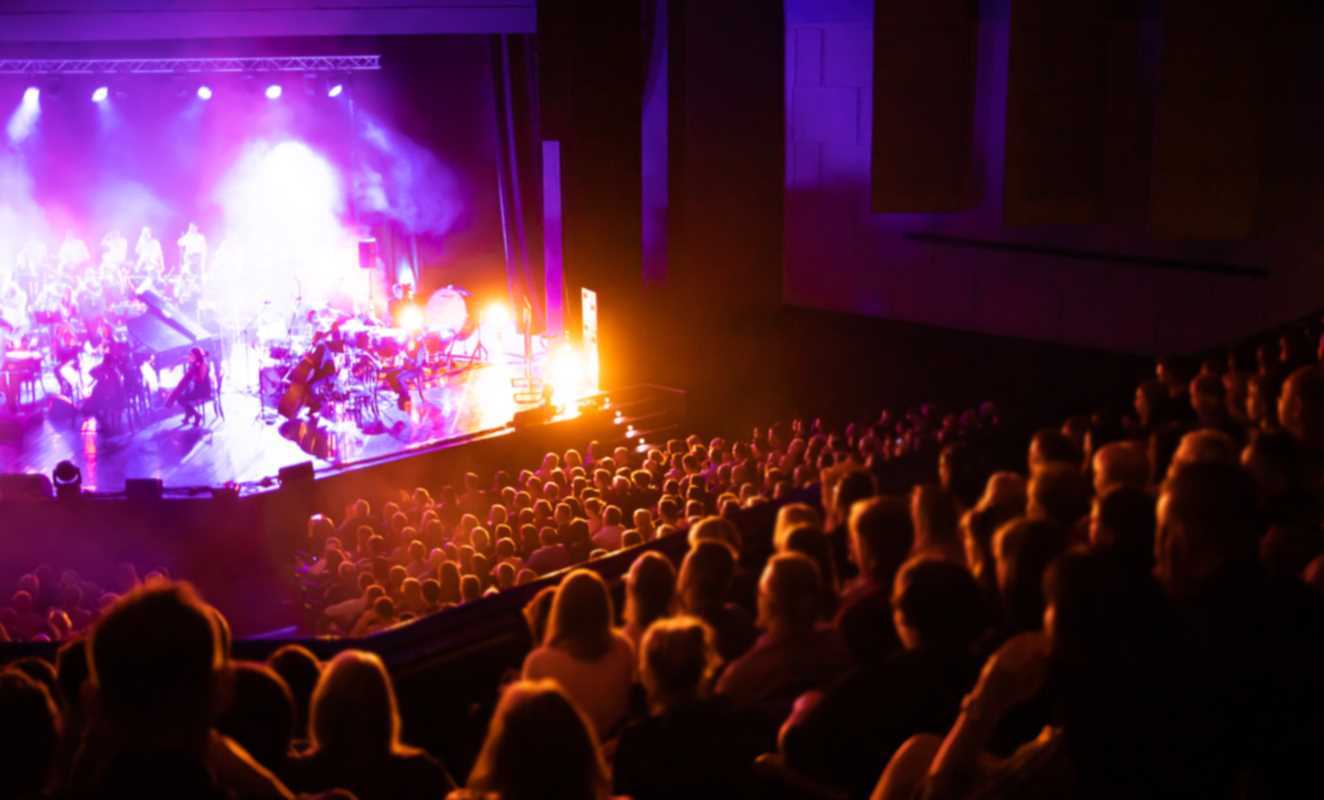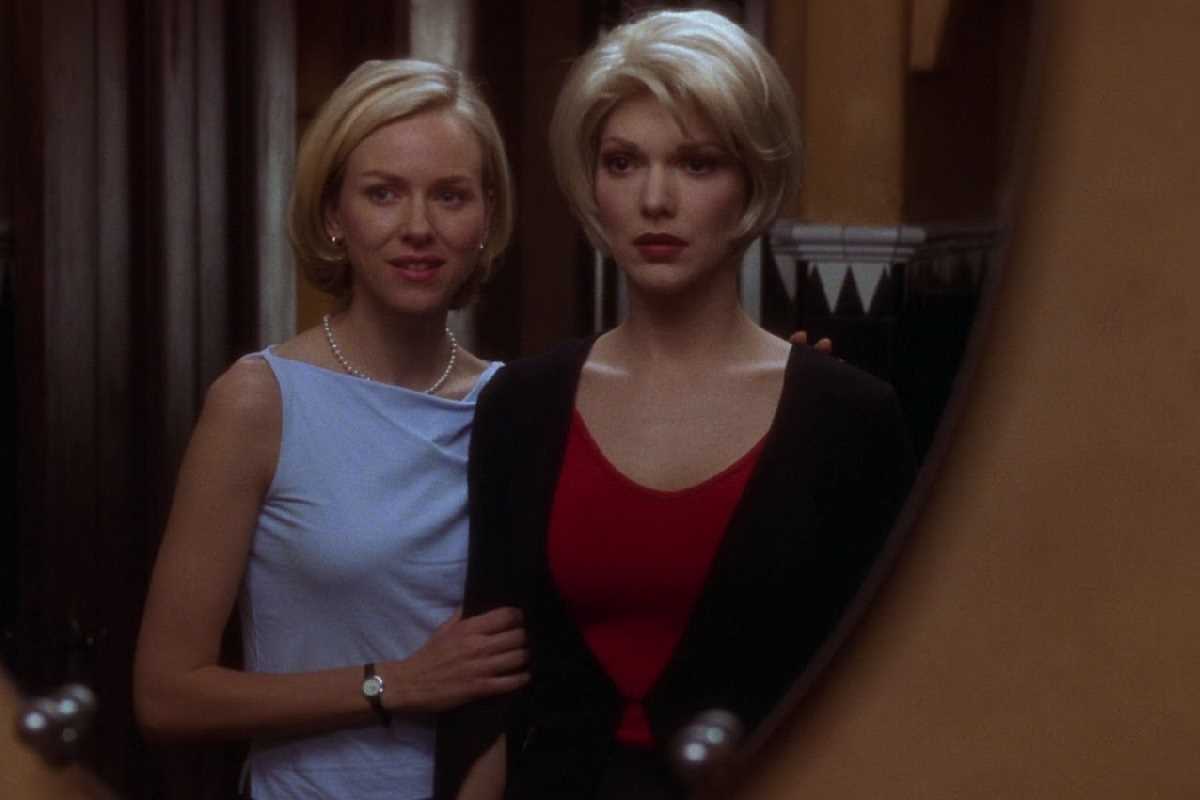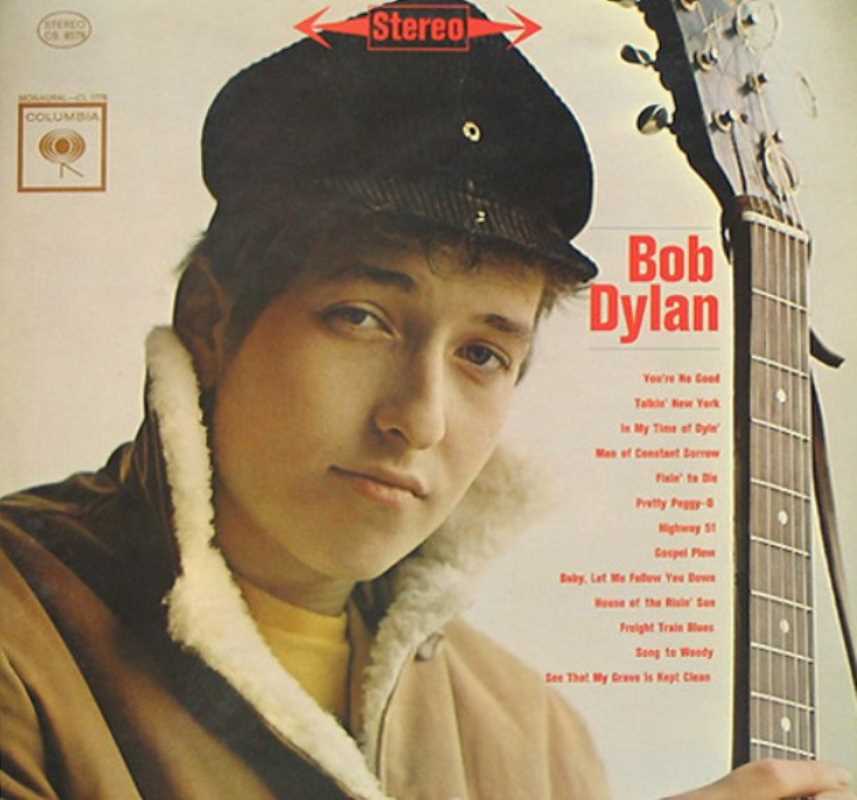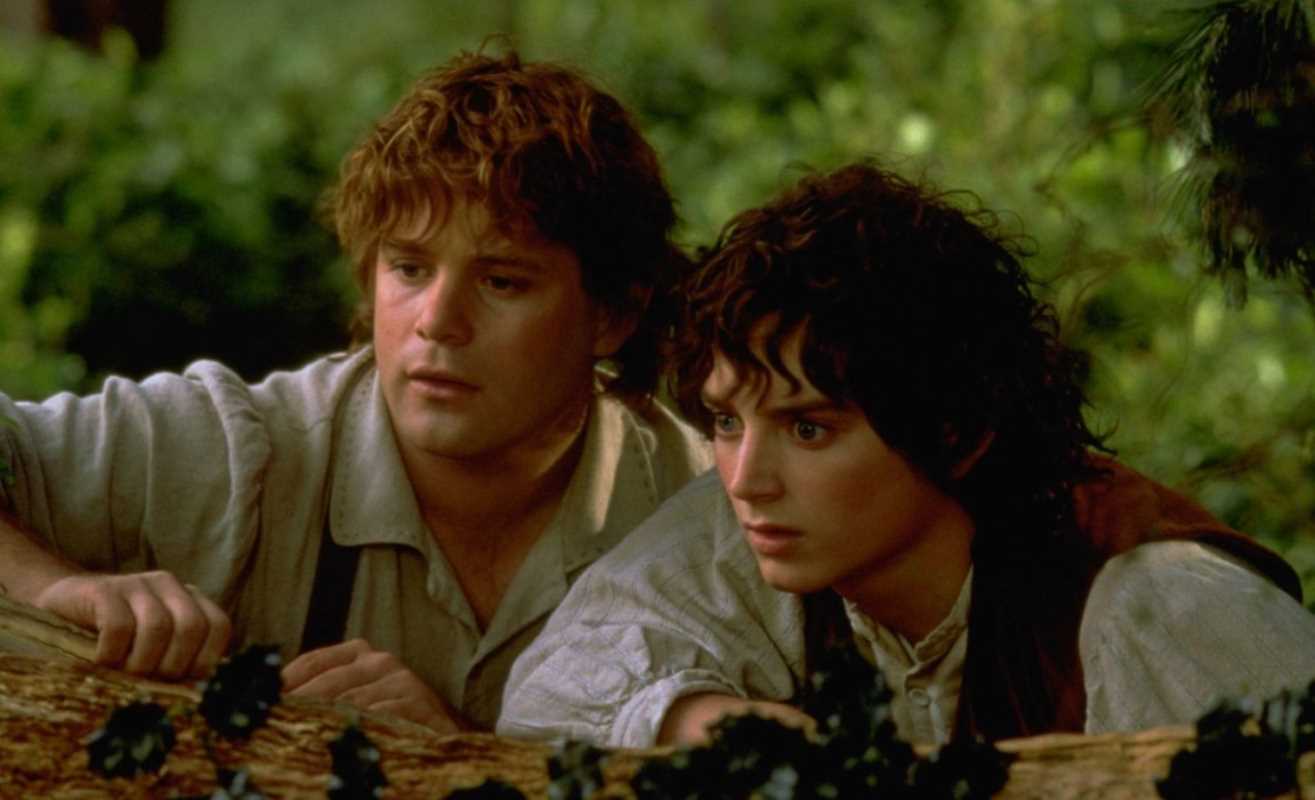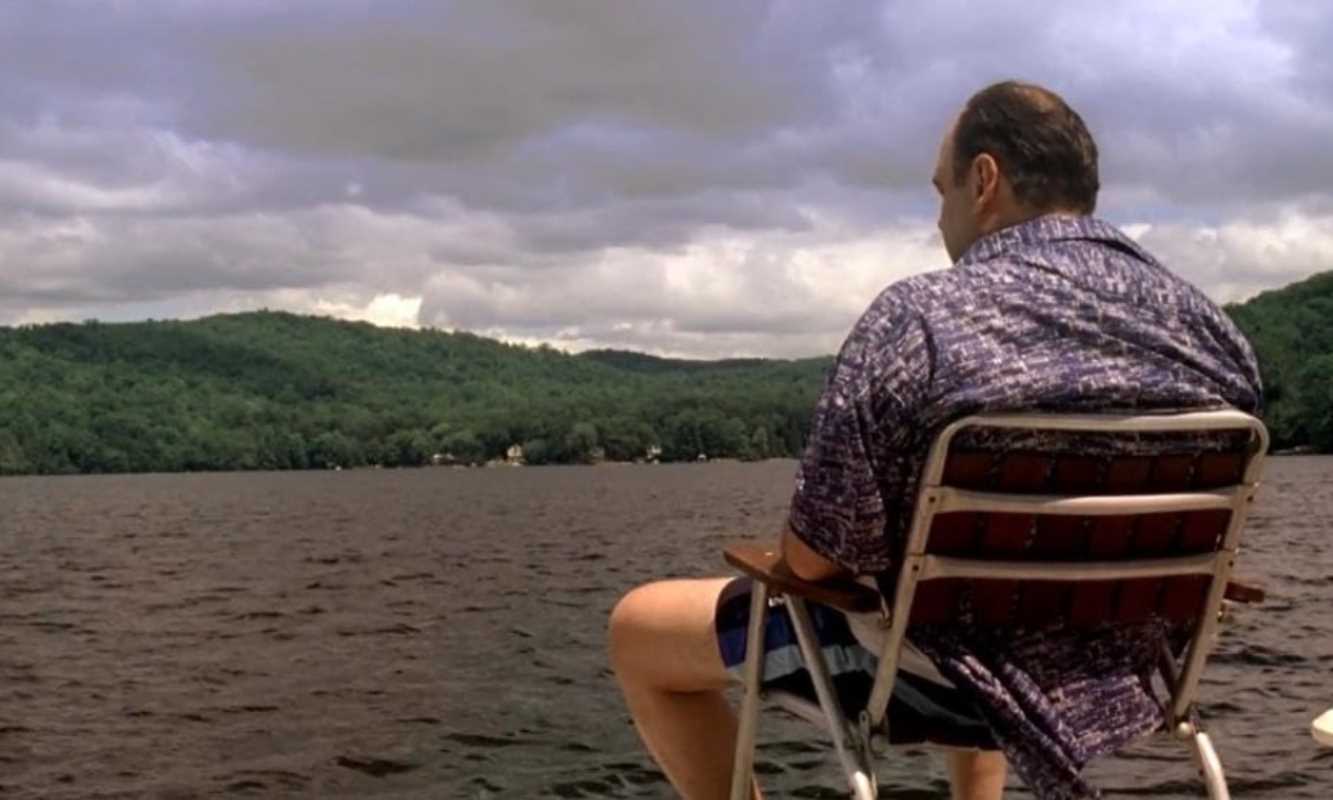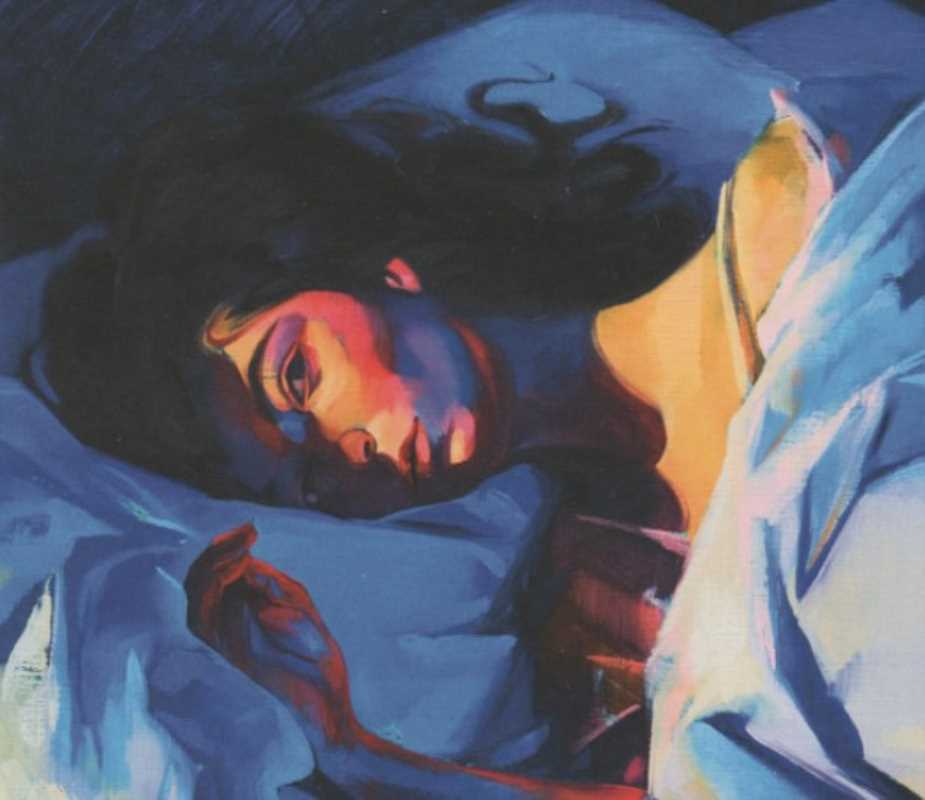Quentin Tarantino’s Pulp Fiction (1994) redefined modern cinema with its nonlinear narrative, sharp dialogue, and richly drawn characters. While often celebrated for its originality and stylistic bravado, the film is a quintessential example of modern film noir. Drawing from the genre’s classic tropes—morally ambiguous characters, dark humor, crime-driven plots, and a pervasive existential dread—Pulp Fiction reinvents noir for a new generation. By blending these hallmarks with Tarantino’s distinctive voice, the film bridges the past and present, paying homage to noir traditions while challenging their boundaries. Its enduring legacy lies in this interplay between homage and innovation.
A Nonlinear Narrative Rooted in Noir
One of the most distinctive features of Pulp Fiction is its nonlinear narrative, a hallmark of the film that mirrors the fragmented storytelling found in many classic noir films.
- Chronological Subversion: While traditional noir often employs flashbacks to provide exposition or deepen character arcs, Pulp Fiction takes this a step further by presenting events out of sequence entirely. This disorienting structure mirrors the chaotic moral universe of noir, where cause and effect are often blurred.
- Intersecting Storylines: The film weaves together three primary narratives—Vincent Vega and Mia Wallace’s night out, Butch Coolidge’s betrayal and redemption, and Jules and Vincent’s brush with fate. These overlapping tales echo the episodic structure of pulp magazines and noir films like The Big Sleep, where seemingly disparate threads eventually coalesce.
This narrative approach challenges the viewer’s expectations and deepens the film’s exploration of chance, fate, and consequence, central themes in the noir tradition.
Morally Ambiguous Characters
At the heart of Pulp Fiction are its morally complex and deeply flawed characters, a defining characteristic of both the film and the noir genre.
- Vincent Vega and Jules Winnfield: As hitmen, Vincent (John Travolta) and Jules (Samuel L. Jackson) embody noir’s fascination with the criminal underworld. Despite their brutal profession, the duo is humanized through moments of humor and vulnerability, such as their debate over European fast food or Jules’ spiritual awakening. This juxtaposition blurs the line between good and evil, a hallmark of noir storytelling.
- Mia Wallace: Uma Thurman’s Mia Wallace channels the classic femme fatale archetype, exuding mystery, charm, and danger. Her dynamic with Vincent recalls the seductive yet perilous relationships found in films like Double Indemnity, though Tarantino subverts expectations by sparing Vincent from her ruin.
- Butch Coolidge: Bruce Willis’s Butch Coolidge, a boxer fleeing from his corrupt employer, mirrors the archetypal noir antihero. His journey is driven by self-interest and survival, yet his decision to save Marsellus Wallace adds a layer of moral complexity.
These characters navigate a morally gray world where redemption, betrayal, and survival often hinge on split-second decisions, reflecting noir’s central preoccupations.
The Criminal Underworld as a Setting
Much like traditional film noir, Pulp Fiction thrives within a seedy, dangerous world populated by criminals, outcasts, and desperate individuals.
- Marsellus Wallace’s Empire: The shadow of Marsellus Wallace (Ving Rhames) looms large over the film, akin to the powerful yet unseen crime bosses in classic noir. His control over the characters’ fates emphasizes the inescapability of the underworld.
- Locations of Moral Decay: From Jack Rabbit Slim’s retro diner to the basement of a pawnshop run by sadistic criminals, the settings in Pulp Fiction reflect the moral corruption and existential bleakness of noir. These locales are not just backdrops but extensions of the characters’ fractured lives.
- The Briefcase as a Noir MacGuffin: The mysterious glowing briefcase recalls the enigmatic objects of classic noir, such as the Maltese Falcon. Its contents are never revealed, emphasizing its symbolic weight as a motivator for greed, power, or transcendence.
By grounding the story in this shadowy milieu, Tarantino crafts a vivid world that simultaneously honors and modernizes noir’s gritty aesthetic.
Dark Humor and Existential Themes
One of Tarantino’s most innovative contributions to the noir tradition is his use of dark humor, which subverts and enhances the genre’s existential weight.
- Violence as Absurdity: In classic noir, violence is often portrayed as grim and inevitable. In Pulp Fiction, it becomes a source of dark comedy, as seen in the accidental shooting of Marvin in the car. This tonal shift underscores the randomness of fate, a recurring theme in noir.
- Existential Questions: The film delves into questions of chance and choice, most notably through Jules’ transformation. His decision to leave his life as a hitman is spurred by what he interprets as divine intervention, adding a philosophical layer that echoes noir’s preoccupation with existential angst.
- Ironic Detachment: Characters often discuss mundane topics, like hamburgers or foot massages, amid life-or-death situations. This juxtaposition of the trivial and the profound adds a satirical edge, reflecting the absurdity of the human condition—a theme central to the noir ethos.
Tarantino’s blending of humor with noir’s darker themes breathes new life into the genre, making it accessible to contemporary audiences without diluting its philosophical depth.
A Visual Homage to Noir
Visually, Pulp Fiction borrows from the stylistic vocabulary of classic noir while infusing it with a modern sensibility.
- Low-Key Lighting: While not as overtly shadow-drenched as traditional noir, the film uses dramatic lighting in key scenes, such as Marsellus Wallace’s confrontation with Butch in the nightclub or the tense pawnshop sequence. These moments evoke the chiaroscuro aesthetic of noir classics.
- Iconic Costumes: Vincent and Jules' sharp suits nod to the archetypal noir protagonists, while Mia Wallace’s sleek black-and-white ensemble recalls the sultry glamour of femme fatales.
- Fragmented Spaces: The film’s use of confined and fragmented spaces, such as the cluttered apartment where Brett meets his demise or the claustrophobic diner during the opening and closing scenes, heightens the tension and reflects the characters' psychological entrapment.
Tarantino’s attention to visual detail pays homage to noir while carving out a distinct aesthetic that feels modern yet timeless.
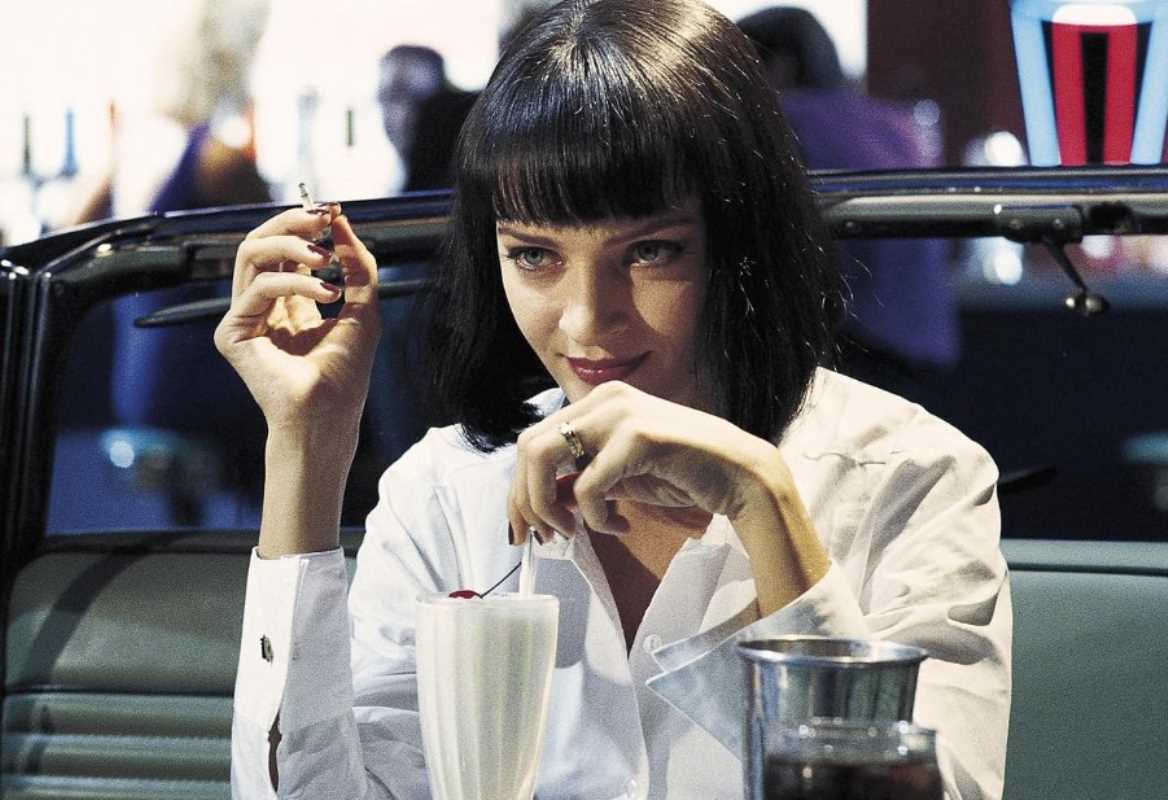 (Image source: A Band Apart; Jersey Films)
(Image source: A Band Apart; Jersey Films) 